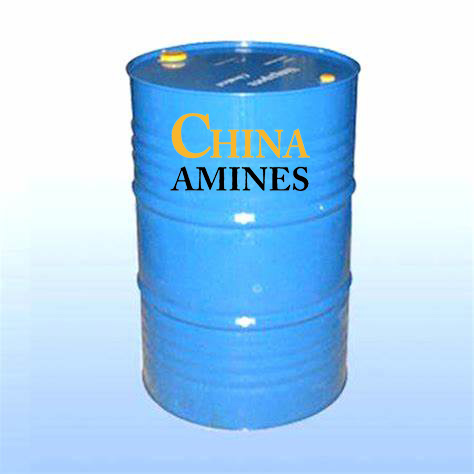1. Chemical Structure and Properties
Molecular Formula: C₈H₁₈O₂
Structural Formula:
HOCH₂CH₂O(CH₂)₅CH₃
A branched glycol ether derived from the reaction of ethylene glycol with hexanol, featuring a hydrophilic ethylene oxide group and a hydrophobic hexyl chain.
Physical Properties:
Appearance: Clear, colorless liquid with a mild ether-like odor.
Boiling Point: 208–212°C; Density: 0.89–0.91 g/cm³; Vapor Pressure:<0.1 mmHg at 25°C.
Solubility: Partially miscible with water (0.5% w/w at 25°C); fully miscible with alcohols, esters, and hydrocarbons.
Chemical Properties:
Hydrolysis Resistance: Stable under neutral and mildly acidic/alkaline conditions.
Thermal Stability: Decomposes above 250°C, releasing aldehydes and ethylene oxide.
Flammability: Combustible (flash point: ~85°C).
2. Industrial Applications
Coatings & Inks:
High-Boiling Solvent: Enhances flow and leveling in automotive coatings, industrial paints, and UV-curable inks.
Coalescing Agent: Improves film formation in waterborne latex paints.
Cleaning Products:
Heavy-Duty Degreaser: Removes oils, greases, and waxes in aerospace and automotive maintenance.
Personal Care:
Emollient: Used in cosmetic formulations (e.g., lotions, creams) for its low volatility and skin compatibility.
Chemical Synthesis:
Intermediate: Produces surfactants and plasticizers via ethoxylation or esterification.
3. Safety and Toxicology
Health Hazards:
Acute Exposure:
Skin Contact: Causes mild irritation (rabbit skin LD₅₀: >2,000 mg/kg); prolonged exposure may lead to defatting.
Inhalation: Low volatility minimizes risk (TLV-TWA: Not established; handle as nuisance vapor).
Ingestion: Low toxicity (oral LD₅₀ rat: >5,000 mg/kg); gastrointestinal discomfort.
Chronic Effects:
Reproductive Toxicity: No teratogenicity observed in OECD 414 studies.
Organ Toxicity: Negligible hepatotoxicity or nephrotoxicity in subchronic rodent studies.
Protection Measures:
PPE: Nitrile gloves, safety goggles, and general ventilation.
Storage: Stable in HDPE containers; store away from strong oxidizers.
4. Environmental and Regulatory Compliance
Environmental Impact:
Biodegradability: Slow (OECD 301F:<30% in 28 days); persistent in soil and water.
Aquatic Toxicity: LC₅₀ (fish, 96h): >100 mg/L; EC₅₀ (daphnia): >50 mg/L.
Bioaccumulation: Moderate (log Kow: ~2.8).
Regulatory Frameworks:
EU:
REACH: Registered with no SVHC listing; CLP classification Not Hazardous.
USA:
EPA: Exempt from VOC status under 40 CFR 51.100(s)(1); TSCA-listed.
China:
GB 13690-2009: Classified as General Chemical (non-hazardous).
Waste Management:
Incinerate in approved facilities; landfill disposal permitted for small quantities.
5. Case Studies and Application Insights
Case 1: Sustainable Automotive Coatings (PPG Industries, 2023):
Challenge: Reduce VOC emissions in waterborne automotive primers without compromising drying time.
Solution: Ethylene glycol hexyl ether (3% w/w) replaced traditional coalescing agents.
Result: Achieved 20% lower VOC emissions and maintained adhesion (ASTM D3359).
Case 2: Eco-Friendly Industrial Cleaners (Ecolab, 2022):
Process: Formulated a bio-based degreaser using ethylene glycol hexyl ether and plant-derived surfactants.
Impact: Reduced solvent waste by 50% and met EU Ecolabel criteria.
Comparative Analysis:
Ethylene Glycol Hexyl Ether vs. Ethylene Glycol Butyl Ether (EGBE):
Pros: Lower toxicity, higher boiling point, and better compatibility with hydrophobic contaminants.
Cons: Higher viscosity (12 mPa·s vs. 3 mPa·s) limits use in spray applications.
Specifications:
Ethylene Glycol Hexyl Ether is a colorless, low-odor solvent with excellent solvency and a moderate evaporation rate, commonly used in coatings, cleaners, and industrial formulations, available in bulk from China Amines Co.


